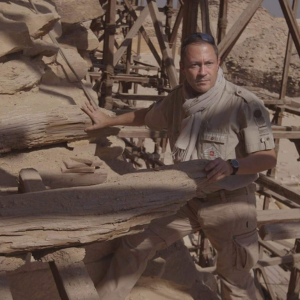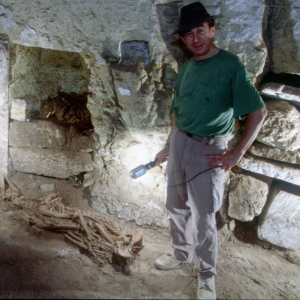Conference : In the Shadow of IMHOTEP – Discoveries in the Memphite Necropolis of Saqqara
Date: Thursday 12 December 2024
Time: 4:30 pm – 6:30 pm
Venue:SUAD Campus
Open to public
Abstract
Imhotep, the ‘inventor’ of stone architecture, is known as the outstanding architect of the Egyptian Old Kingdom who conceived and built on the site of Saqqara the first pyramid, known under the name of ‘Step Pyramid’, for the pharaoh Djoser of the Third Dynasty, round 2700 B.C. The pyramid is included in a huge complex devoted to the post mortem jubilees of the king.
A man close to his sovereign, Imhotep was not only an architect, but had also prominent State positions. His memory survived in Egypt during all its history and even beyond the pharaonic period. His reputation was such that he became a kind of divine character, receiving a cult in particular sanctuaries, in Memphis and in different places. He was particularly revered as a healing god, and in the last centuries B.C., he had been assimilated to Asclepios, the Greek god of medicine.
The lecture will be shared in two parts, presented by two specialists of Saqqara. First Dr Bruno Deslandes, Architect and Director of the Latvian Archaeological Mission of Saqqara, will present his work and its thrilling results, directly connected with the Step Pyramid of Djoser and with Imhotep himself. Then Dr. Alain Zivie, Egyptologist and Director of the French Archaeological Mission of the Bubasteion at Saqqara, will focus on the outstanding tombs of the New Kingdom which he discovered with his team. They are located in the precinct of the Bubasteion, a sanctuary devoted to the goddess Bastet or Bubastis, and it is worth noting that in the same surroundings was located the precinct of the Asclepieion : a sanctuary devoted to Asclepios, the Greek denomination of the healing god Imhotep…
About the Speaker



